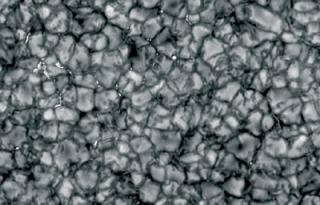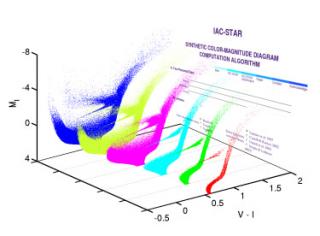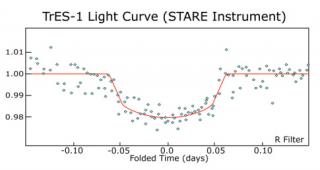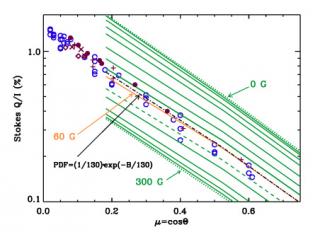
Most of the solar surface seems to be non-magnetic. However, it carries a magnetic flux and energy that easily exceed those of sunspots, plage and network all together. The solar magnetism studied so far represents only the 'tip of the iceberg'. The rest, known as 'magnetism of the quiet Sun' is been studied and characterized. The solar physicists of the IAC have played a leading role in this characterization, and the paper this highlight refers to points out a good example. Using the SST at the ORM, Sanchez Almeida et al. discovered, for the first time, magnetic bright points in the quiet
Advertised on


